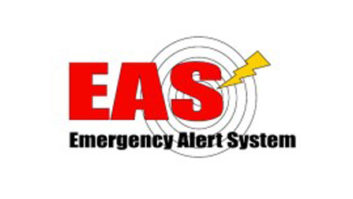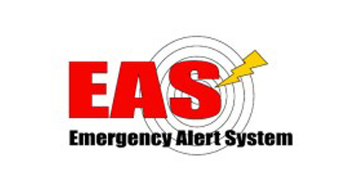The new FCC 2023 EAS Operating Handbook is now available. The latest version from the FCC’s Public Safety and Homeland Security Bureau includes minor updates; however, broadcasters will want to set aside their old one. All EAS participants will need to get a copy.
Radio World asked Dan Kelly, director of technical services for the Michigan Association of Broadcasters, what is new and what is required of broadcasters. His replied to our questions in an email:
Radio World: Are there any notable changes in the new EAS Operating Handbook that broadcasters should pay close attention to?
Dan Kelly: The changes themselves are minor and acknowledge the revisions announced in September 2022 to the event code texts:
The EAN event code text is changed from “Emergency Action Notification” to “National Emergency Message.”
The NPT event code is changed from “National Periodic Test” to “Nationwide Test of the Emergency Alert System.”
Another event code that was revised (though appears nowhere in the new handbook) is PEP. The code previously stood for “Primary Entry Code System” and now stands for “United States Government.”
These text changes must be reflected into alerts sent to the public effective by Dec. 12, 2023; they will likely be included in required updates to EAS equipment from the various manufacturers.
RW: Can broadcasters expect any changes in how EAS functions?
Kelly: While not covered in the 2023 handbook, these rule changes also include giving priority to CAP-delivered EAS alerts over the legacy daisy-chain method.
RW: What are the next steps for broadcasters?
Kelly: First, download a copy of the 2023 handbook. As with the handbook issued in 2021, there are blank lines in the handbook that are to be filled in locally to direct operators in the proper EAS procedures for their facility.
The handbook must be located at normal duty positions or EAS equipment location when an operator is required to be on duty and be immediately accessible to staff responsible for authenticating or originating messages.
Then check with your EAS equipment manufacturer to determine when software updates will be available to meet the Dec. 12, 2023, deadline. Depending on the age of their EAS equipment, this also may require new hardware. The only manufacturer I have seen with an announcement of an upgrade is Sage, which reportedly will have an update available in June at a cost of $159. [Ed. Note: Digital Alert Systems told Radio World last week that its EAS software update information also is pending.]
RW: Would this be a good time for broadcasters to update best practices?
Kelly: Anytime is a good time. Broadcasters should review their EAS procedures and logging. If you’re missing RWTs and RMTs originated by your monitoring sources, you should be checking with those sources to determine whether it was a failure at the transmit end or an issue with your receive and decode equipment. Always keep good records of any missed tests and what your follow-up is.
Download a copy of the 2023 EAS Operating Handbook here: EAS Operating Handbook.












